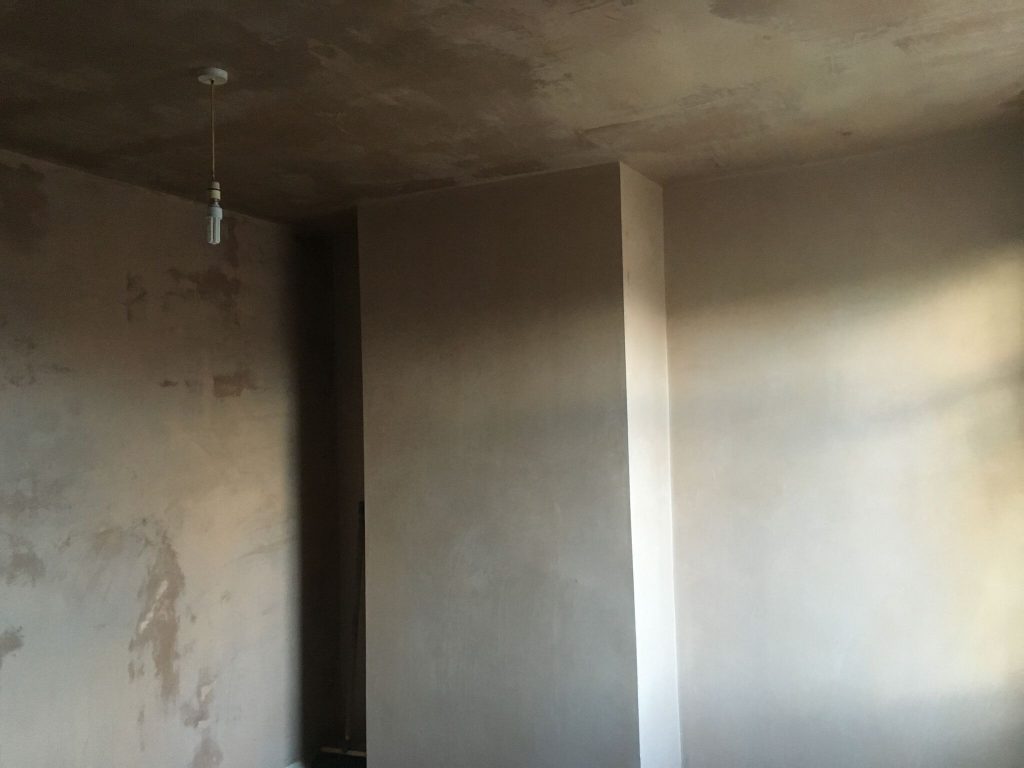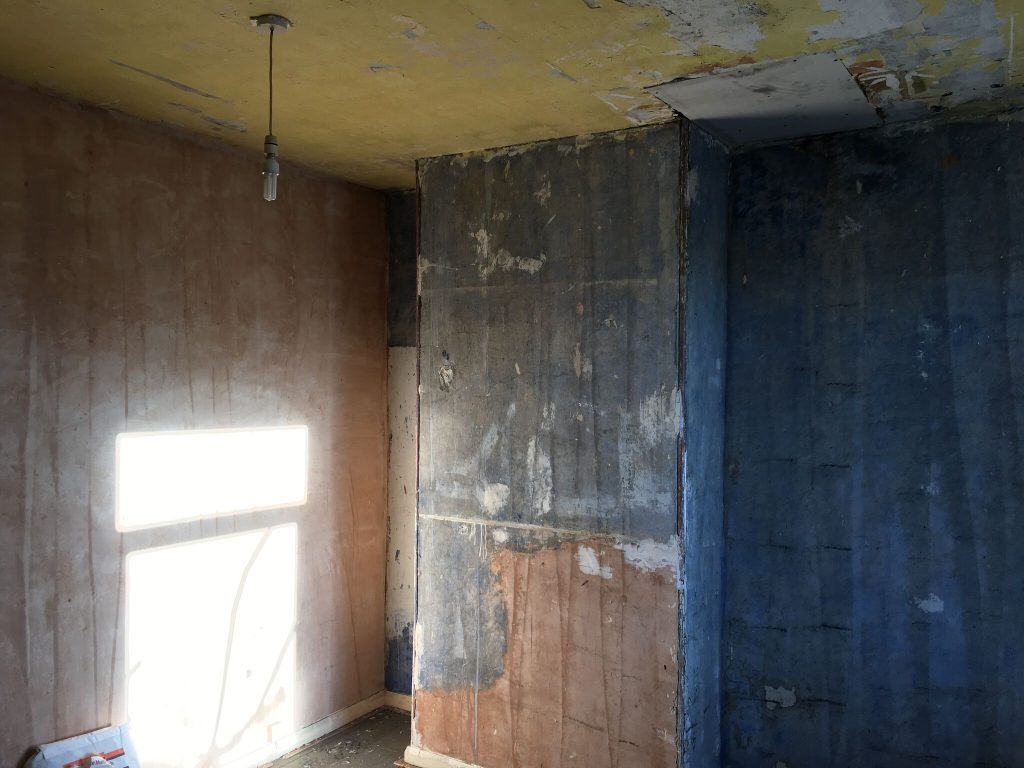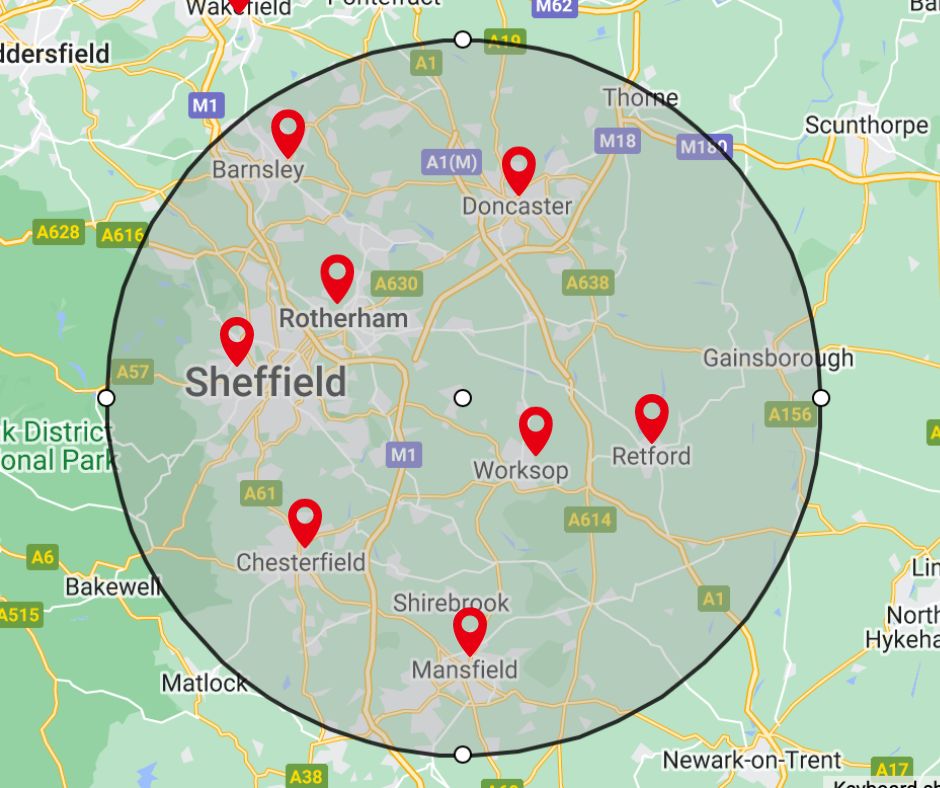Knowing when to replaster walls can help protect your home from long-term damage and maintain a high-quality interior finish. Your walls do more than divide rooms — they provide comfort, insulation, and the visual backdrop for your entire space. Over time, even well-maintained plaster can start to crack, crumble, or lose its smoothness.
In this post, we’ll walk through the most common signs that indicate your walls may need attention. Acting early can prevent more costly repairs later and keep your home safe, beautiful, and efficient.
Table of Contents
Cracks Appearing in the Plaster
One of the first signs you might need to replaster walls is the appearance of cracks. While fine hairline cracks are common due to settling or minor drying shrinkage, larger or spreading cracks are often a sign of deeper issues.
Common causes of plaster cracks:
- Structural movement
- Temperature fluctuations
- Moisture damage
- Poor application during initial build
What happens if you ignore them?
Unrepaired cracks can widen over time, allowing moisture to penetrate the plaster and underlying structure. This can lead to rot, mould, and even compromise the wall’s stability. Addressing the issue early with professional replastering is often more cost-effective than waiting for serious damage.
Bubbling, Peeling, or Flaking Plaster
Have you noticed paint bubbling, plaster peeling, or flaking patches appearing? These signs usually mean that moisture has become trapped behind the surface, often due to leaks, condensation, or previous poor workmanship.
Key indicators:
- Plaster feels powdery or soft to the touch
- Paint won’t adhere smoothly
- Surfaces appear uneven or discoloured
What happens if ignored?
Moisture behind plaster doesn’t just affect aesthetics it can cause the plaster to completely detach from the wall. In humid homes or rooms like kitchens and bathrooms, this can quickly spread. Replastering walls will restore both appearance and structural integrity.
Damp Patches and Staining
Damp on internal walls is a serious warning sign that often gets overlooked. Yellowish stains, mould patches, or persistent damp areas mean your plaster has become saturated and may no longer function properly.
Potential causes:
- Faulty render or pointing allowing rain in
- Rising damp or plumbing leaks
- Poor ventilation in older homes
The risks of ignoring damp:
Ignoring signs of damp may seem harmless at first, but the long-term consequences can be serious and costly:
Long-term health issues from mould exposure – especially for children, the elderly, or those with asthma or respiratory conditions. According to UK Government guidance on the health risks of damp and mould, prolonged exposure can lead to respiratory infections, skin irritation, and worsened asthma symptoms.
Structural damage, as persistent damp can weaken plaster, render, and underlying brickwork.
Interior damage, with peeling paint, discoloured wallpaper, and ruined soft furnishings becoming increasingly common as moisture spreads.
Hollow or Loose Sounding Plaster
Tap your walls lightly. Do they sound hollow? Does the surface flex under pressure? If so, it’s a strong indicator that the plaster has detached from the wall underneath — often due to moisture damage, vibration, or age.
This issue is common in:
- Older homes with lath and plaster
- Converted lofts
- High-traffic areas like hallways or stairs
Consequences of ignoring hollow plaster:
- Sudden falls of plaster, posing a safety hazard
- Reduced insulation and soundproofing
- Structural voids developing behind walls
Professional replastering is the only long-term fix, as patch repairs usually won’t bond securely.
When to Replaster Walls Due to Ageing or Wear
Even plaster that looks ok may be well past its best. Plaster has a natural lifespan — typically around 20–30 years, depending on conditions. In older homes, especially pre-1970s, the plaster may be:
- Brittle or crumbly beneath the surface
- Poorly insulating
- Hard to decorate due to rough or uneven surfaces
Benefits of renewing old plaster:
- Smooth, modern finish for decorating
- Improved energy efficiency
- Boosted property value
If your ceilings are textured or outdated, you may also want to read our guide on plastering over artex for a modern upgrade.

FAQ About Replastering Walls
How often should you replaster walls?
Most walls will need replastering every 20–30 years, but it depends on conditions. Damp, damage, or poor previous workmanship may require more frequent attention.
Can I replaster over old plaster?
In some cases, yes — especially if the existing surface is solid and not crumbling. However, for the best results, full removal and replastering is often recommended.
How much does it cost to replaster a wall?
Costs vary based on wall size, surface condition, and accessibility. Rather than posting prices online, we recommend a free quote based on your property.
How long does replastering take?
A single room usually takes 1 day, depending on it’s size. Full house replastering can take 1–2 weeks depending on scope.
When Walls No Longer Fit Modern Living
If you’re considering a modern upgrade like a wall-mounted TV unit, freshly replastered walls offer the perfect smooth and seamless base. See how we create integrated TV walls with no visible cables.
How to Maintain Plastered Walls After Repairs
After investing in new plaster, keep your walls in great condition with a few easy steps:
- Keep rooms well ventilated to reduce humidity
- Use moisture-resistant paint in kitchens and bathrooms
- Check exterior brickwork and pointing to prevent water ingress
- Avoid drilling or nailing into fresh plaster until fully dry (usually 4–7 days)
Routine inspection — especially during seasonal changes — helps you catch issues early.
Want to learn more about our Plastering Services or need advice? Contact us for a free, no-obligation quote
Conclusion
Whether it’s cracks, damp, bubbling, or hollow walls your home may be telling you something. Ignoring these signs can lead to expensive, disruptive repairs. Replastering walls is a smart investment that improves insulation, safety, and interior finish.
At P3 Plastering, we have over 40 years of experience helping homeowners across Sheffield and surrounding areas restore their walls with skill and care.





